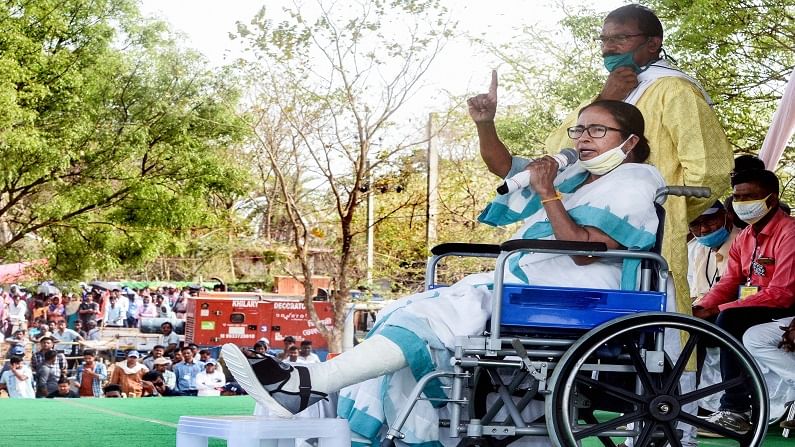Two MSME units every minute for the next five years, promises Mamata Banerjee in TMC’s manifesto
The manifesto also said that setting up units at this rate will take the number of MSMEs to 1.5 crore at the end of five years

It’s nothing short of a virtual MSME revolution that Trinamool Congress supremo and West Bengal Chief Minister Mamata Banerjee has promised in the state. In the manifesto released on March 17, she promised nothing fewer than 10 lakh micro, small and medium enterprises would be set up annually.
It works out to almost two MSME units per minute.
“Small and medium entrepreneurs play a critical role for industrial development of Bengal. As many as 10 lakh new MSMEs will be formed annually,” the manifesto said.
The manifesto also said that setting up units at this rate will take the number of MSMEs to 1.5 crore at the end of five years. The 2011 census put the population of the state at 9.13 crore.
According to the ministry of MSME’s annual report of 2019-20, the number of units in the state increased from 34.64 lakh in 2006-2007 to reach 88.67 lakh in 2015-16, which means on an average 6 lakh MSMEs were added to the state every year.
This works out to 1.14 MSME units every minute. In her manifesto Mamata Banerjee has promised to almost double that rate.
The Micro Small and Medium Enterprise Act 2006 of the state has set out definitions of the three categories of units.
Any unit with investment in plant and machinery up to Rs 25 lakh would qualify as a micro enterprise. If it is in the service sector, there must be investment up to Rs 10 lakh.
To be qualified as a small unit, the investment in plant and machinery should be between Rs 25 lakh and Rs 5 crore in the manufacturing sector. In the service sector the investment in equipment must be between Rs 10 lakh and Rs 2 crore.
An enterprise will be a described as a medium unit only if its investment in plant and machinery is between Rs 5 crore and Rs 10 crore (in case of manufacturing) and that in equipment between Rs 2 crore and Rs 5 crore (in case of service sector).
Political observers and bureaucrats questioned the promise of the TMC supremo and pointed out that the definition of MSME units actually allows one to describe even a small shop as a micro unit.
“For MSMEs to grow one needs an enabling environment and infrastructure support. However, one must not pass off a roadside snack shop as an MSME unit though it would also fit the definition of a micro unit since no floor of investment is stipulated,” said economics professor Mahananda Kanjilal.
“The target of two units per minute appears fantastic. If you count a wayside vendor as an MSME unit, I have nothing to say,” said a former bureaucrat who was in charge of the industry department.
In February 2015, Mamata was slammed by many when she said that the local telebhaja (fried snack) shop, or tea stall or a sweetmeat shop would also generate employment and she made it clear that she did not entertain the idea of any boundary between big investments and local tiny enterprise.
In January 2018, Prime Minister Narendra Modi, too, highlighted the employment generation potential of such operations and said that even starting a pakoda shop counts as employment.
However, the Bengal chief minister’s industrialisation dream did not end with MSME units.
The manifesto said that 2,000 big industrial units would be added to the existing base of 10,000 units in the next 5 years.
“Rs 5 Lakh Crore of new investments in the next 5 years. The state over the last 5 years received investment of Rs 4.45 lakh crore in large industries from five Bengal Global Business Summit. We will bring in Rs 5 lakh crore additional investment in the coming 5 years from the Bengal Global Business Summit organised every year in the State,” stated the manifesto.
Every year there will be an employment generation of 5 lakh, said the manifesto.
In her budget speech in February she said, “… with the planned development of huge industrial centres and infrastructure, we will be able to create 1.5 crore new employment opportunities in the next 5 years at the government, semi-government and non-government levels and through self-employment.”
According to that speech, the new employment opportunities would have been 30 lakh per year.

